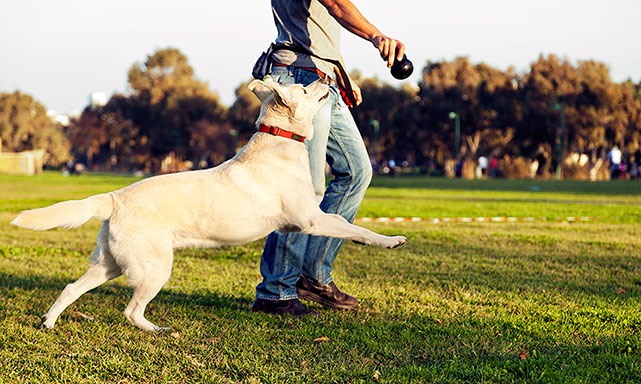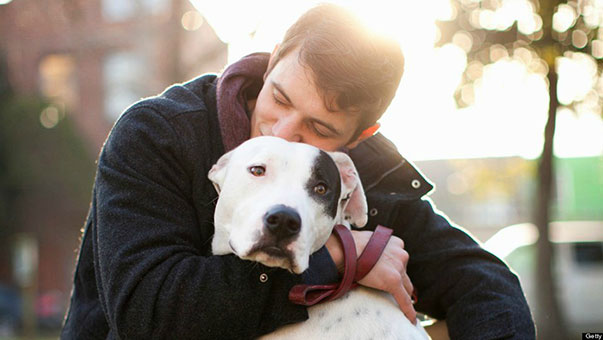 English
English

Dogs under the influence of oxytocin, also known as ‘love hormone,’ are more attracted to smiling human faces than angry ones.

Washington: A study has recently revealed that dogs under the influence of oxytocin, also known as 'love hormone,' are more attracted to smiling human faces than angry ones.
According to researchers at University of Helsinki in Finland, under the influence of oxytocin, images of smiling faces enhanced the dogs' emotional state more than angry ones. The hormone, which is associated with affection and trust, is probably a key factor in the interaction between dogs and humans.

Normally, dogs typically focus on the most remarkable aspect of each situation, such as threatening stimuli in a frightening situation. The team analysed 43 dogs, images of smiling and angry faces on a computer screen.
Each dog was tested twice: once under the influence of oxytocin, which was administered as part of the test, and once without oxytocin. The dog's gaze on the images and pupil size were measured with an eye-tracking device. Emotions and attentiveness guide the gaze and regulate pupil size, making eye tracking a window into the dogs' minds.
Also Read: What not to miss when in Jordan
The results suggested that dogs under the influence of oxytocin were more interested in smiling faces than they were in angry ones. In addition, oxytocin also influenced the dogs' emotional states, which was evident in their pupil size.

Lead researcher Professor Outi Vainio said, "We were among the first researchers in the world to use pupil measurements in the evaluation of dogs' emotional states. This method had previously only been used on humans and apes."
Also Read: Consuming eggs during pregnancy may cut risk of food allergies in babies
Without oxytocin, the dogs' pupils were at their largest when they looked at angry faces. This indicated that the angry faces caused the most powerful emotional reaction in the dogs. "Both effects promote dog-human communication and the development of affectionate relations. (ANI)
No related posts found.